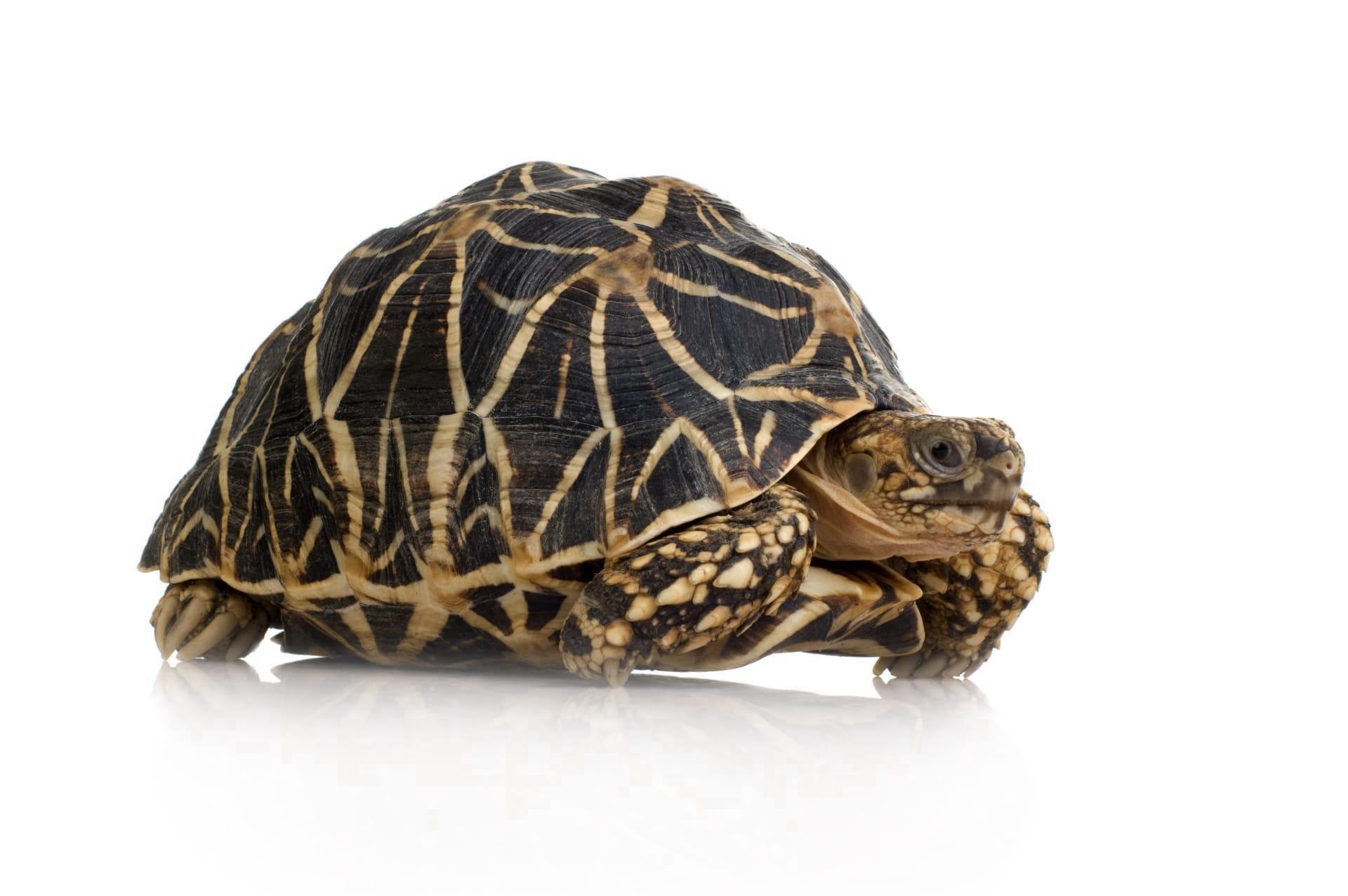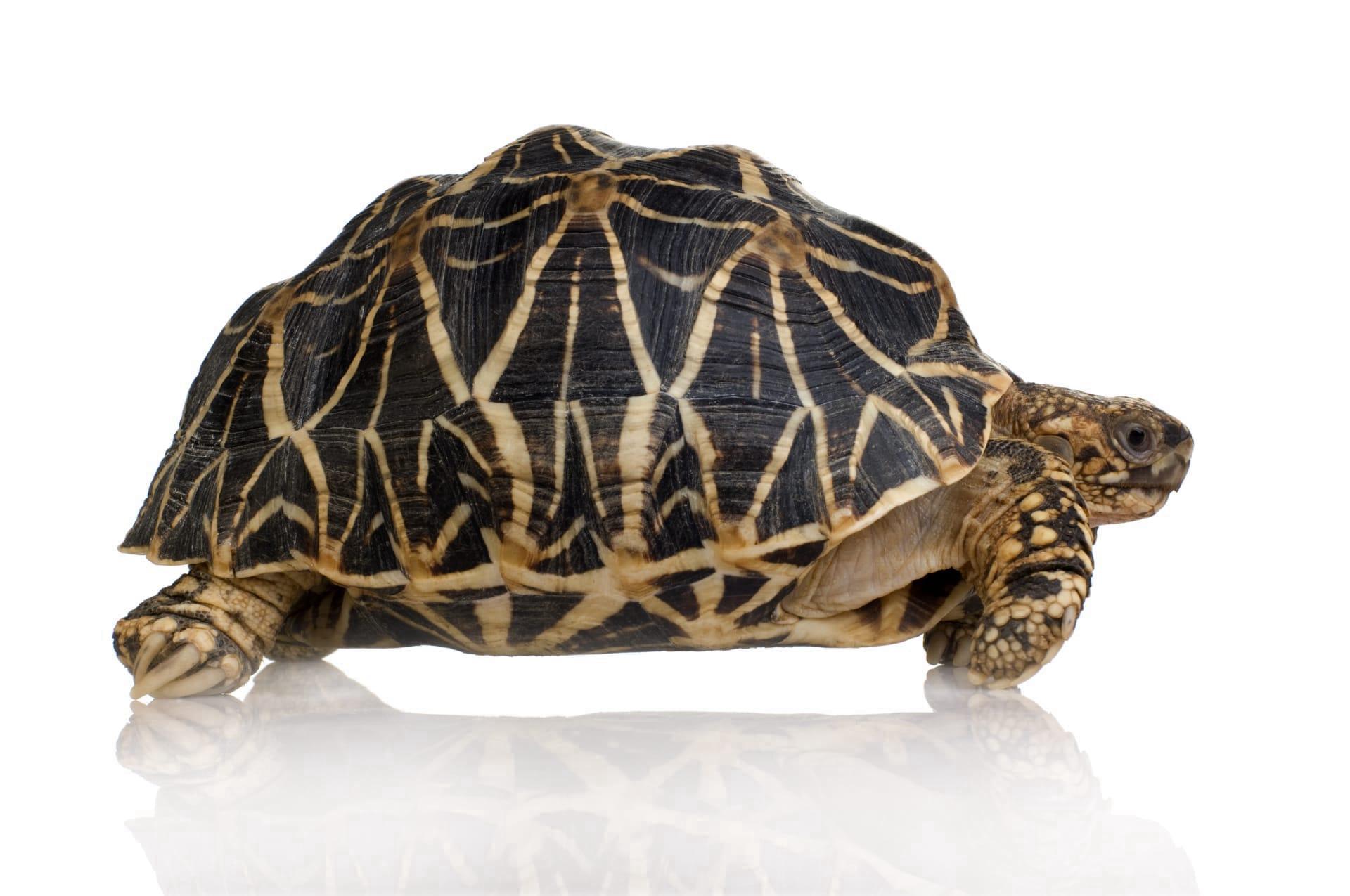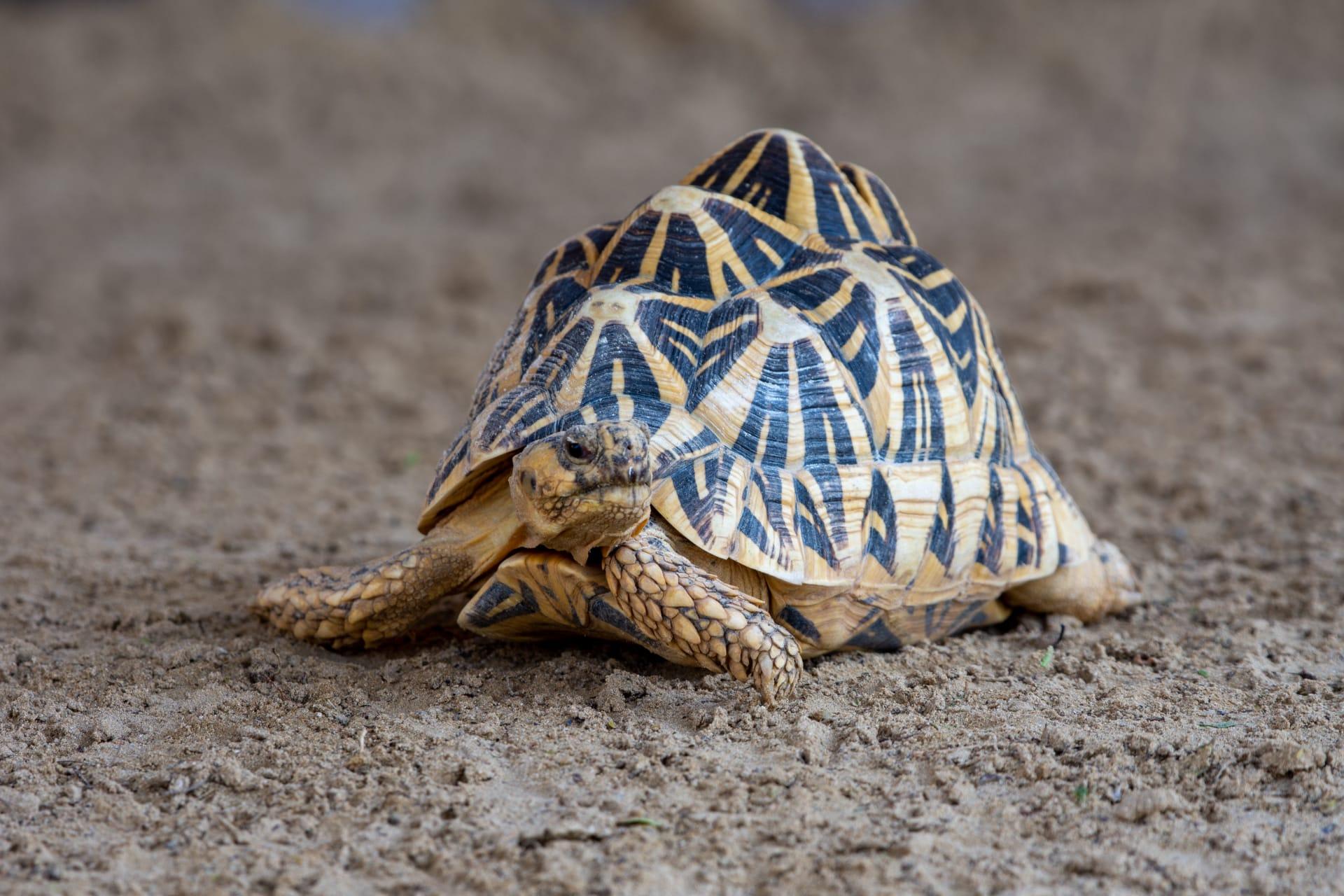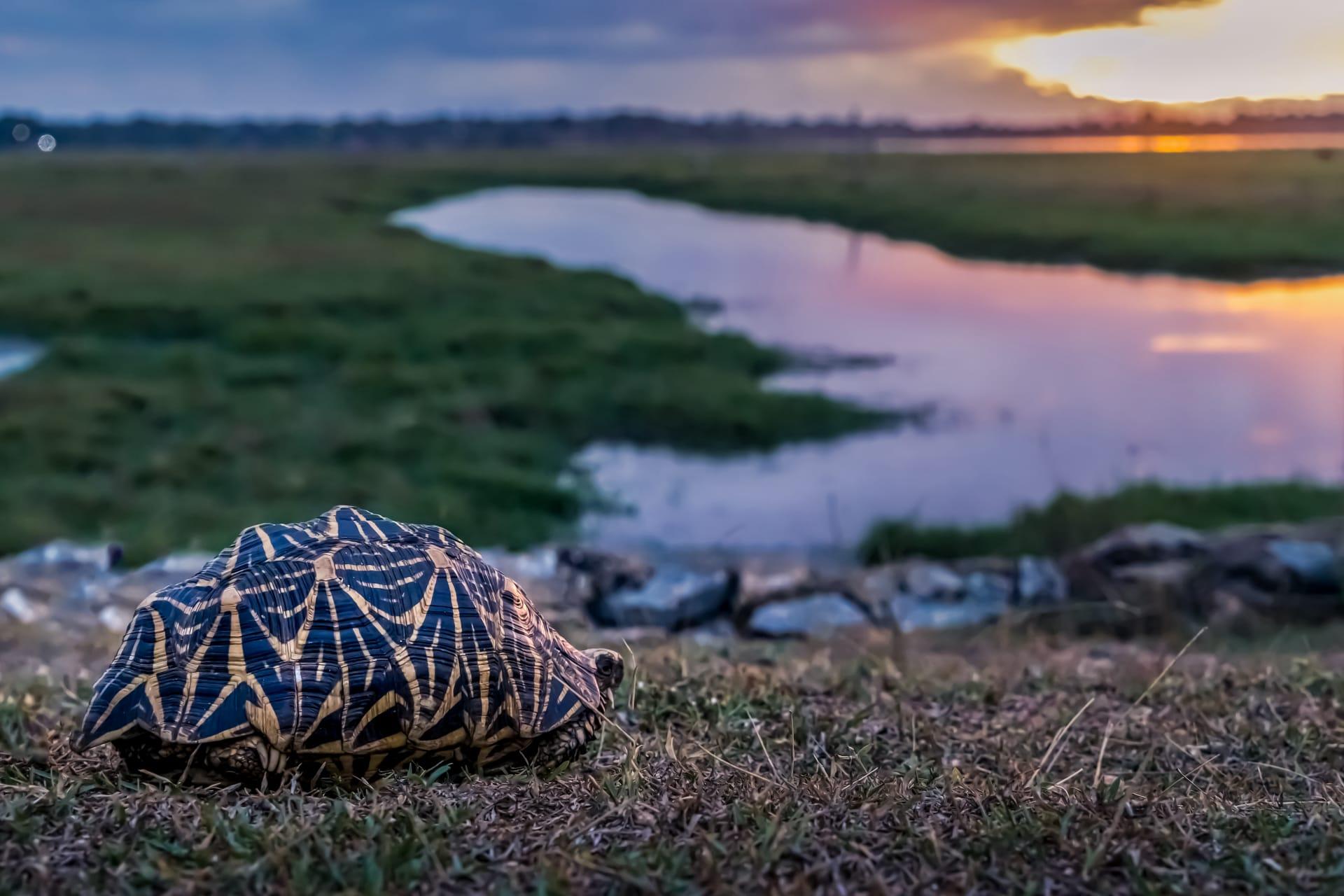Indian Star Tortoise Characteristics
- Home /
- Mini Encyclopedia /
- Animal /
- Indian Star Tortoise Characteristics
1
The Indian Star Tortoise, scientifically known as Geochelone elegans, is a fascinating creature with distinct physical features. On average, these tortoises grow to a size of 6 to 12 inches in length. Their lifespan in captivity can extend up to 35 years, but in the wild, it's slightly shorter due to various environmental factors. The most striking aspect of these tortoises is their carapace, a beautifully patterned shell with star-like radiations. These patterns serve as a camouflage in their natural habitat, blending seamlessly with the grasslands and scrub forests they inhabit.
Speaking of their most unique organ, the Indian Star Tortoise's shell, or carapace, is not just for show. This robust shell is made up of about 60 bones covered in keratinous scutes, offering protection against predators. It's a remarkable example of evolutionary adaptation, where the shell's shape and pattern aid in camouflage, while its hardness provides defense. The Indian Star Tortoise can retract its head, legs, and tail into the shell when threatened, making it a natural fortress.

2
Question: Why is the Indian Star Tortoise's population declining?
Answer: The primary reason for the decline in the Indian Star Tortoise population is illegal wildlife trade. They are highly sought after in the pet trade due to their unique star-patterned shell and manageable size. Additionally, habitat loss due to agricultural expansion and urban development has significantly affected their numbers. Conservation efforts are in place, but the challenges of habitat preservation and combating illegal trade remain significant hurdles in ensuring their survival.

3
Indian Star Tortoises are not known for their speed, which is typical for most tortoise species. They prefer a slow, steady pace and can travel up to 0.2-0.5 kilometers per hour. Their movement is more active during the cooler parts of the day, typically mornings and late afternoons. Despite their slow nature, they are adept at navigating their environment, often traversing rocky terrains and thick underbrush.
When it comes to feeding, the Indian Star Tortoise is primarily herbivorous. Their diet includes grasses, fallen fruits, flowers, and leaves. In captivity, they may also eat vegetables and specially formulated tortoise food. These tortoises practice occasional opportunistic feeding, consuming small insects or carrion, but such instances are rare. Their eating habits are adapted to their arid and semi-arid habitats, where food is not always abundant.

4
The Indian Star Tortoise naturally inhabits dry areas, including scrub forests, grasslands, and semi-arid regions. They are predominantly found in India, Sri Lanka, and parts of Pakistan. Adapted to a life in a challenging environment, these tortoises have developed the ability to withstand long periods without water, deriving moisture from their food.
In terms of reproduction, these tortoises are known to lay multiple clutches of eggs in a year, typically during the monsoon season. A female Indian Star Tortoise can lay between 1 to 10 eggs per clutch. The eggs are incubated for about 60 to 80 days before hatching. The sex of the hatchlings is determined by the incubation temperature, a phenomenon common in many reptile species.

5
Book: "The Indian Star Tortoise: A Complete Guide" by Dr. Jane Goodall (United Kingdom, 1998). This comprehensive guide provides an in-depth look into the life and habitat of the Indian Star Tortoise. Dr. Goodall, renowned for her work with primates, brings her expertise to the study of these fascinating reptiles. The book covers topics such as their behavior, diet, and conservation efforts.
Book: "Stars of the Earth: The Indian Star Tortoise" by Ravi Shankar (India, 2005). Authored by a noted Indian naturalist, this book offers a cultural and ecological perspective on the Indian Star Tortoise. Shankar explores the role these creatures have played in Indian folklore and their ecological significance, along with the challenges they face in the modern world.